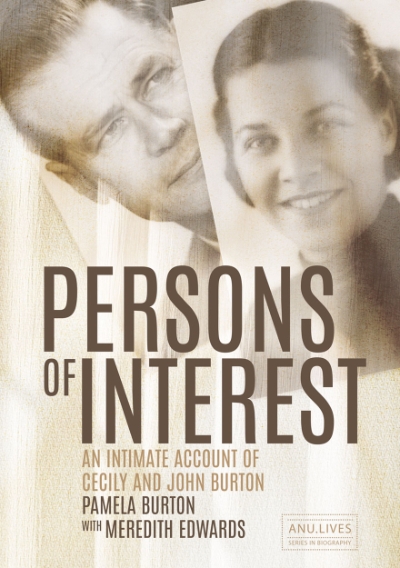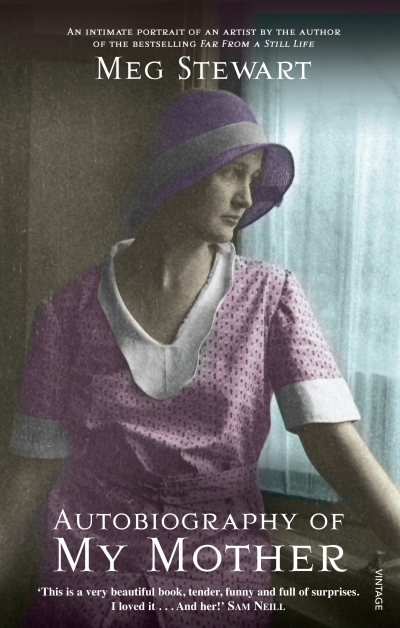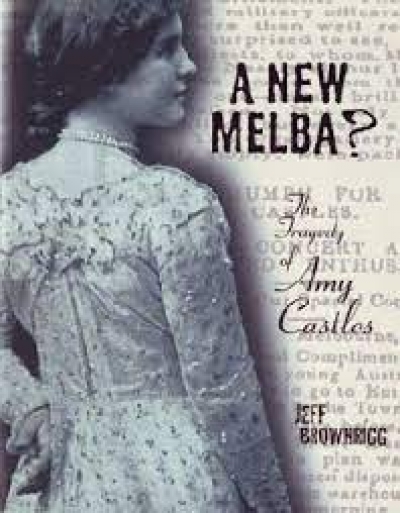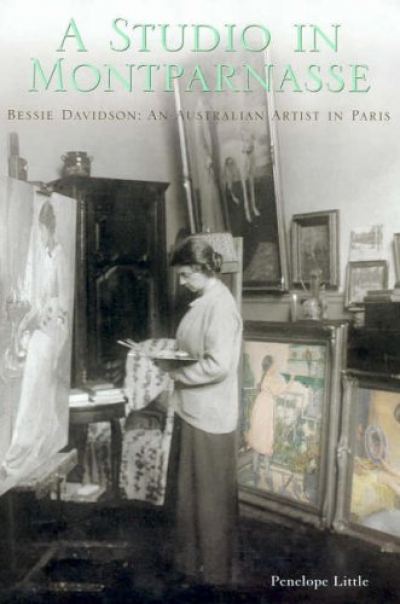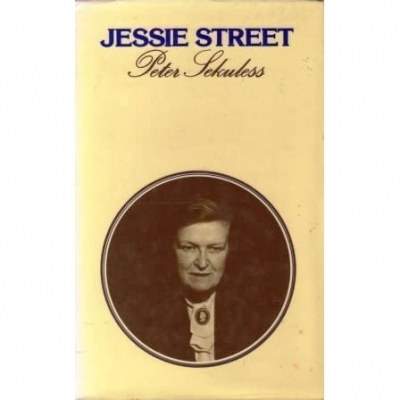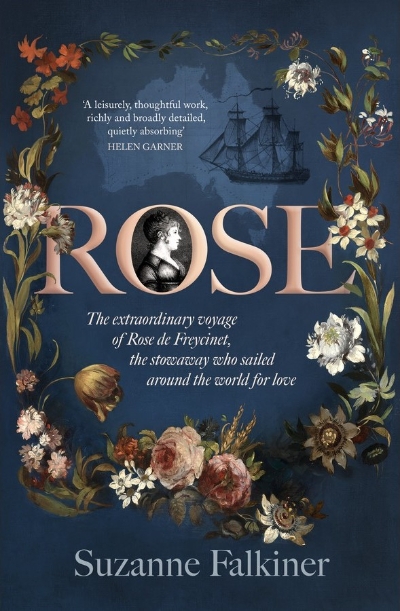Accessibility Tools
- Content scaling 100%
- Font size 100%
- Line height 100%
- Letter spacing 100%
Biography
Persons of Interest: An intimate account of Cecily and John Burton by Pamela Burton with Meredith Edwards
by Peter Edwards •
The Man Who Understood Democracy: The life of Alexis de Tocqueville by Olivier Zunz
by Peter McPhee •
A Studio in Montparnasse: Bessie Davidson, an Australian artist in Paris by Penelope Little
by Sarah Thomas •
Jessie Street: A rewarding but unrewarded life by Peter Sekuless
by Margaret Allen •
Rose: The extraordinary voyage of Rose de Freycinet, the stowaway who sailed around the world for love by Suzanne Falkiner
by Danielle Clode •
Ten years ago, as I prepared to leave for three months in New York, an Australian friend resident in the USA sent a brochure about a new kind of portable typewriter which she said might be worth my buying. The machine could memorise a whole line of type which could be corrected by being viewed in sections through a panel capable of displaying sixteen letters or spaces. When I reached New York, she warned me off that model. An even better version would be available before I left town, one able to memorise an entire page.
... (read more)
